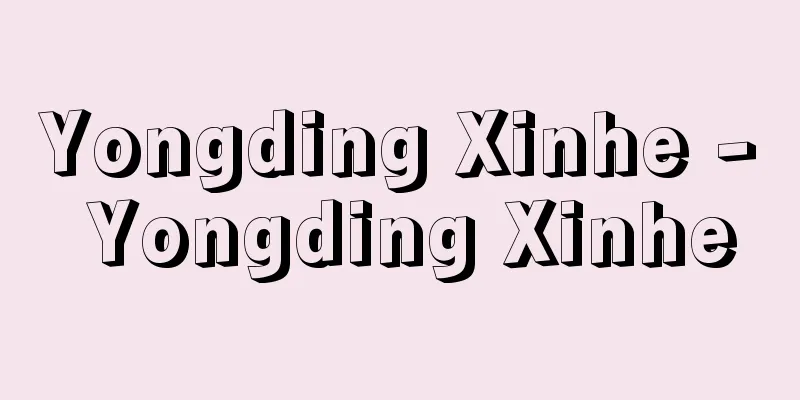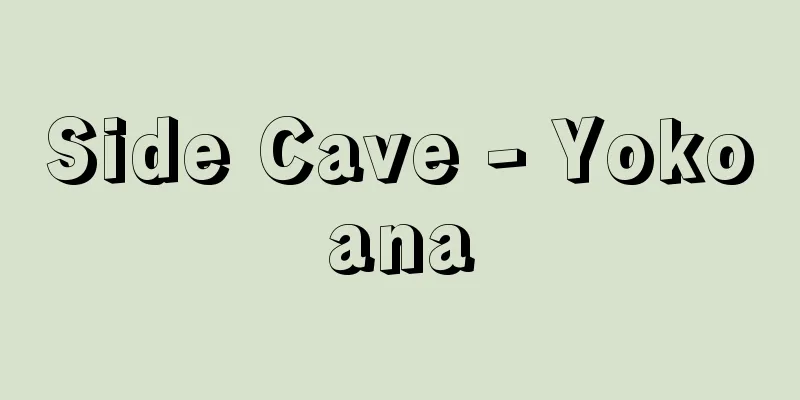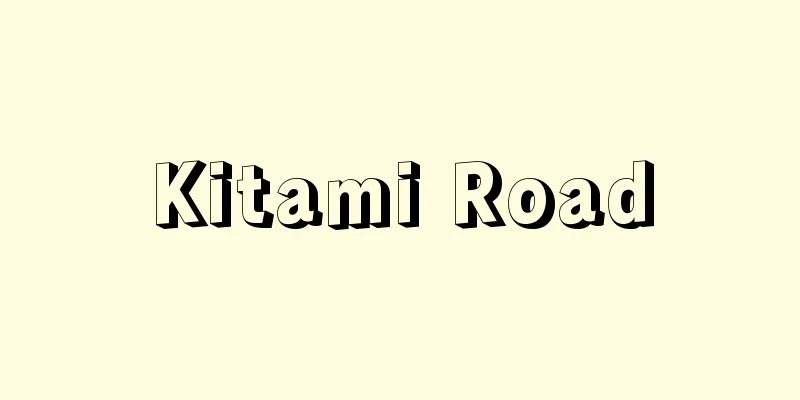time

|
...Time is something that is maintained in all changes and non-changes in the world. From one perspective, time also appears at the point of contact between humans and the outside world. For example, I see, hear, and feel the outside world "now." This is connected to the "past" and also to the "future." Time can be defined as something that permeates the three aspects of "now," "past," and "future" that are shown at the point of contact between humans and the world. However, the question of which of the three aspects of time (past, present, and future) to focus on is one of the important points of discussion regarding time. From [Time] …A point in time that changes is called an hour. The length of time between two times is called time. To determine time, two points in time must be determined and the length of time between them must be measured as a unit. Humans needed time and hours, first because they began to live in groups, in order to maintain order and control in their societies, and also because they needed to create calendars, which were indispensable for agricultural life, and to describe astronomical phenomena. *Some of the terminology that mentions "time" is listed below. Source | Heibonsha World Encyclopedia 2nd Edition | Information |
|
…世界におけるすべての変化および無変化において保持されている何ものかを時間と呼ぶ。一面から言えば,時間はまた人間と外の世界との接点に現れるものでもある。例えば,私は〈今〉,外の世界を見,聴き,感じている。それは〈過去〉につながり,また〈未来〉につながる。そうした人間と世界の接点に示される〈今〉〈過去〉〈未来〉の三つの様態を貫くものが時間である,と定義することもできよう。もっとも,過去,現在,未来という時間の三態のどこに主眼点を置くか,という問題は時間をめぐる重要な論点の一つである。… 【時刻】より…移りゆく時の一つの点を時刻という。時刻と時刻との間の時の長さを時間という。時間を定めるには,二つの時点を定めその間の時の長さを単位として測定しなければならない。人間が時刻や時間を必要としたのは,一つは集団社会生活を営むようになって,その社会の秩序を保ち統制をとるためであり,他は農耕生活に欠くことのできない暦を作製したり,天体現象を記述する必要からである。 ※「time」について言及している用語解説の一部を掲載しています。 出典|株式会社平凡社世界大百科事典 第2版について | 情報 |
<<: time assignment speech interpolation
Recommend
Alaskaite - Alaskaite
…Aplite was once called semperflora. Alaskite in ...
Caetano, MJdas N. - The frog
…Portuguese politician. Born to a poor farmer'...
Sulfone drug
...It is also teratogenic, so its use in pregnant...
Impulse Response
Transient response to a unit impulse. Source: Asak...
Taborites - Tabor is (English spelling) Táborité [Chieko]
A radical faction of the Hussites who rebelled aga...
Westwerk
…Characteristics of this period include the frequ...
Nirvana Buddha
This reclining statue shows Shakyamuni sleeping af...
Jung, J.
...In other words, he believed that plants of the...
orbiting solar observatory
…Following this spectacular start of the space ob...
Daśam Granth (English spelling)
…He must never shave his hair or beard, and must ...
Son Ngoc Thanh
?-1982 Cambodian anti-French, anti-monarchy, repub...
Passover - Passover Festival
A Jewish holiday. Passover in English. It is a wee...
Pale red millipede - Pale red millipede
…They do not curl up when startled like other mil...
Metallized water
…Below that is a layer of high-pressure liquid hy...
Female Dance - Onnaodori
...This work gained a good reputation, and Kumiod...

![Inami [town] - Inami](/upload/images/67caefe3e92bc.webp)







